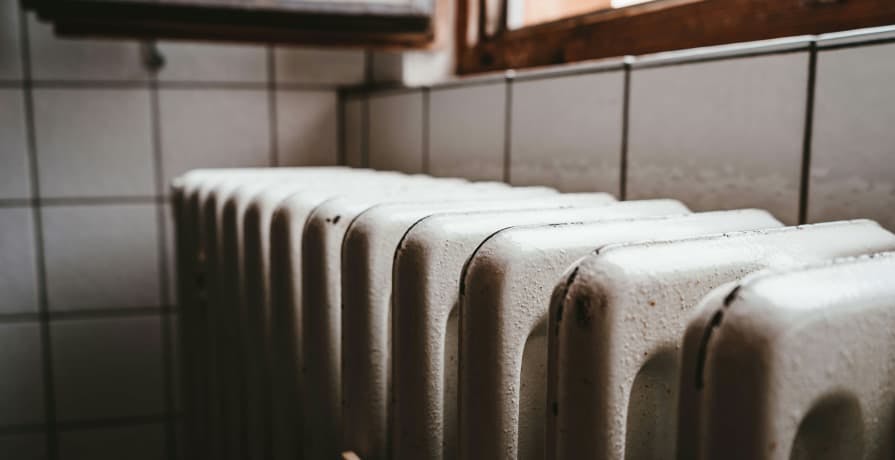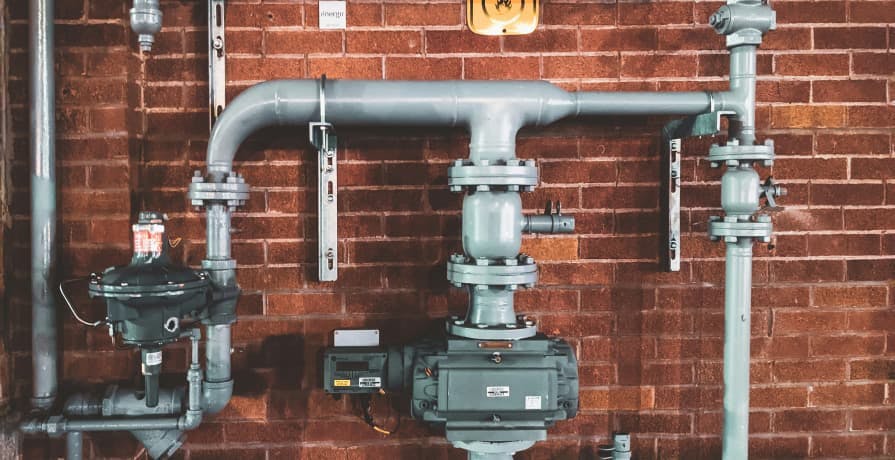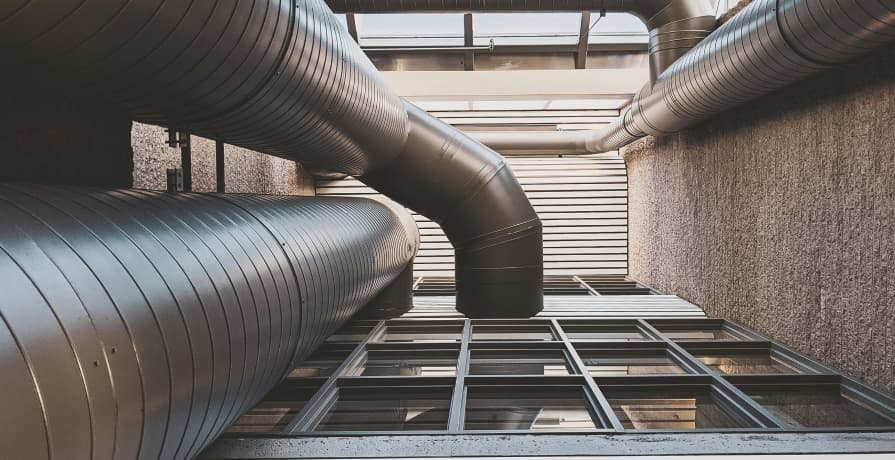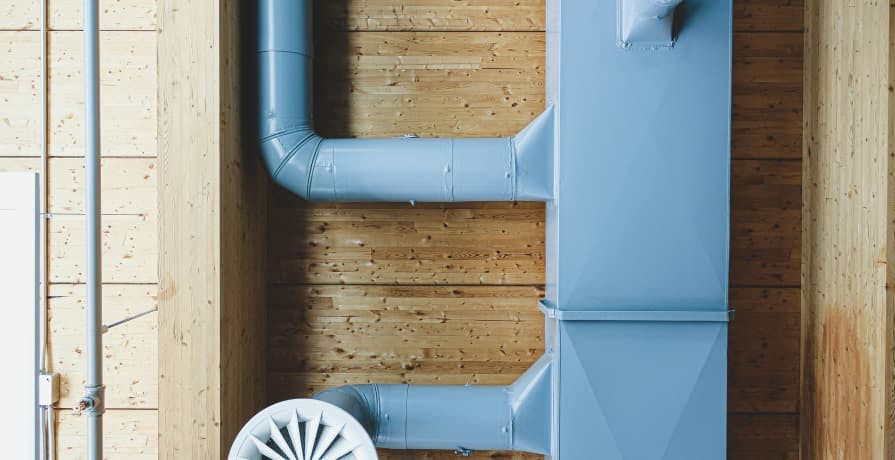ESG / CSR
Industries
All You Need to Know About Heat Pumps



Climate change has meant suffering newfound extreme temperatures – from abnormal winter snowstorms to blistering summers. This has required people to resort to the use of air conditioning or central heating, both of which require the use of heat pumps.
Heat pumps are usually found in our refrigerators, but also offer an energy-efficient way to fuel our furnaces or air conditioners – something we all need in the midst of climate change considering how extensive energy usage isn’t helping under the circumstances.
In this article, we’ll explain what a heat pump is, why they are important, how they work, the downsides of using a heat pump, and potential alternatives.
What is a heat pump?
A heat pump is a device which makes use of thermal energy to transfer heat from one place to another – such as by removing unwanted warm air indoors outside or extracting warm air to be put back inside during the cooler months.
A heat pump utilises a compressor to help move refrigerant, or “cool air” – in the same way that a fan helps to encourage the circulation of airflow. Therefore, a heat pump can be used to cool down large residential buildings, schools, or universities by removing heat indoors and reallocating it outside.
💡 If you’re ever sat outside a restaurant and have been bombarded by a wave of hot air, it’s likely you were sitting next to the heat pump – as this is where all of the warm air is being extracted from whilst in cooling mode.
There are three main types of heat pumps:
- Air-Source Heat Pumps – This type of heat pump extracts heat from outside and moves it indoors to serve as a heating agent. The same can also be done in reverse to remove hot air from the interior of a building to cool it down in the scorching summer months. This is one of the most common types of heat pumps used for central air conditioning and heating.
- Geothermal Heat Pumps – Also known as ground-source heat pumps, this type of heat pump is used for extracting heat from ground water and then transferring it indoors to bemused for heat. This is precisely what countries such as Iceland do to utilise renewable energy sources and reduce their use of fossil fuels. Although this type of heat pump is extremely efficient, it is more expensive than air-source heat pumps – which is why air-source heat pumps have proven themselves to be the more popular choice.
- Water-Source Heat Pumps – This type of heat pump relies on heat from larger bodies of water, such as rivers or lakes, to then be used for indoor heating or cooling. Essentially, this type of heat pump works in a very similar way to ground-water heat pumps – and only the water source is what differentiates the two.
👉 Ultimately, a heat pump can prove effective and efficient in helping to heat and cool a certain area – and help to reduce the amount of GHG emissions into the air as a heat pump doesn’t rely on finite resources such as fossil fuels.

How does a heat pump work?
A heat pump primarily works by extracting heat from a nearby source, such as via the surrounding air or a water source, and then re-directing that heat elsewhere depending on whether someone wants to warm or cool down their indoor space.
Typically heating technologies, such as a boiler or electric heaters, aren’t as efficient as a heat pump because they have to create hot air on their own – whereas a heat pump is able to extract and redirect warm air without needing to produce anything.
💡 Did you know that a heat pump can be up to 5 times more energy efficient than a traditional gas boiler?
Here are the steps in the process of extracting or reallocating heat with the use of a heat pump:
- Remember, a heat pump consists of both an indoor and an outdoor heat pump – which are connected by a refrigeration system.
- The heat pump will act as a compressor, and absorb either cool or warm air depending on whether you’re trying to heat or cool down your indoor space.
- After the heat pump has absorbed this cool or warm air, the air will then go through a refrigerant cycle to either make the air extracted from outside warmer or cooler – often utilizing an evaporator coil for air conditioning systems.
👉 A heat pump can work to provide both cooler and warmer temperatures indoors, making it a multifaceted and simultaneously energy efficient way for people to remain comfortable while indoors.

What are the benefits of using a heat pump?
There are several benefits for both businesses and individuals who choose to use a heat pump as opposed to a more traditional heat source – such as benefiting from reducing operational costs, being able to use the heat pump for both heating and cooling, and also as a mechanism to reduce their carbon footprint.
Here are some of the benefits of utilizing a heat pump:
- Improved Energy Efficiency & Cost Savings – A heat pump can be used in conjunction with other renewable energy sources, such as solar power, and as a result – heat pumps are more energy efficient than their traditional counterparts. This means that using a heat pump can help businesses and individuals alike to reduce their energy consumption and their operational costs.
- Safer Air Quality – One of the most concerning effects of climate change is our now compromised air quality, but a heat pump can help to counteract this negative impact – as a heat pump doesn’t require on-site combustion processes, making it bother a cleaner and safer method to heat or cool indoor spaces.
- Lower Maintenance Required – Since a heat pump doesn’t make use of combustion processes, they are easier to clean, control, and use – meaning a heat pump will ultimately require less care and maintenance than traditional heating systems. In addition to this, governments in certain areas of the world, such as the United Kingdom, may provide government grants for those who choose to use a heat pump.
- Long Lasting – In comparison to a boiler, which lasts around 15 years in the U.S., a heat pump can last for up to 20 years when taken care of – making it a viable long-term investment.
- Dual Functionality – A heat pump, unlike a boiler or electric heater, can be used for both air conditioning and central heating – making a heat pump a great choice for businesses or residences which experience both temperature extremes during winter and summer.
👉 Overall, a heat pump is a good choice for companies or individuals looking for a low-maintenance and energy efficient option to cool or heat their indoor spaces.

What are the downsides to using a heat pump?
Although a heat pump can prove beneficial in several cases, there could be several downsides to using a heat pump as well – seeing as a heat pump requires expensive start-up costs, can prove difficult to install, and increased electricity usage will be needed.
Some of the downsides to using a heat pump include:
- Expensive Start-Up Costs – A heat pump could be more energy efficient in the long run, but they often require a higher upfront cost than traditional heating systems will. This may make some businesses and individual homeowners hesitant to invest in a heat pump.
- Troublesome Installation – Not all heat pumps are alike, meaning – prior to installation, it will often be required for a property to undergo research to see if the local geology and general movement of airflow will be conducive to use a heat pump. In addition to this, certain types of heat pumps, such as air source heat pumps, may require holes to be drilled into the wall of the building – meaning that a heat pump may only be most suitable for new buildings in contrast to existing ones.
- Questionable Eco-Friendly Properties – While a heat pump can prove more energy efficient, some of the fluids used in a heat pump, such as freon, are bad for the environment and contribute to air pollution. However, it is important that this can be combated if biodegradable fluids are used instead.
- Increased Electricity Usage – A heat pump may require less combustion processes than a traditional heating system, but the downside is that a heat pump still requires electricity – meaning that companies or individuals that don’t combine a heat pump with the use of renewable energy sources could see a spike in their electricity bills.
👉 A heat pump can be more sustainable long-term, but it is important to couple the use of a heat pump with renewable energy sources to ensure your company or household doesn’t fall subject to extensive energy usage.

Are there any alternatives to using a heat pump, gas boilers, or other heating or cooling systems?
Whichever way you cut it, a heat pump will never be entirely carbon neutral – meaning that it’s best to find other ways to heat or cool your home without relying on a heat pump 24/7.
Unfortunately, in the midst of climate change and dramatic shifts in temperature – almost everyone needs a heat pump or some other traditional heating system. Still, other actions can be taken to help insulate the interior of your home or office building to help refrain from needing to use a heat pump as often as you currently do.
💡 A heat pump is still a better choice for the environment as opposed to traditional heating systems, but other actions should be taken in conjunction to ensure a sustainable environment is being created.
Here are some ideas to refrain from needing a heat pump and to better insulate your office or home:
- Green Infrastructure – Seeking to align your home or office building with the ideals of green infrastructure can help to improve the overall insulation of your building and mitigate the need to use a heat pump extensively.
- Wear Loose Clothing or Layers Inside – Oftentimes, a lot of our desire to turn on the heat or air conditioning is more of a mental need than a physical one – meaning the feeling of suddenly feeling too warm or too cold could easily be offset if employees wear layers inside to accommodate for indoor fluctuations in temperatures.
- Renewable Heating Systems – If your company can swing the initial investment, there are several renewable energy heating system available – such as solar, biomass, and geothermal energy heating systems. Even if these heating systems require a heat pump, they will demand less electricity than a traditional air-source heat pump will.
Overall, a heat pump is an innovative way to circulate air and heat or cool indoor spaces – and while it presents several sustainable benefits, it’s eco-friendliness can also be questionable. Therefore, it is up to each individual company and business to determine their unique energy needs and choose the heat pump of their choice wisely to ensure efficacious emission reductions.
Luckily, if all of that sounds overwhelming or confusing – Greenly can help!
What About Greenly?
If reading this article on the pros and cons of using a heat pump has made you interested in reducing your carbon emissions to further fight against climate change – Greenly can help you!
At Greenly we can help you to assess your company’s carbon footprint, and then give you the tools you need to cut down on emissions. We offer a free demo for you to better understand our platform and all that it has to offer – including assistance with boosting supplier engagement, personalised assistance, and new ways to involve your employees.
Click here to learn more about Greenly and how we can help you reduce your carbon footprint.




